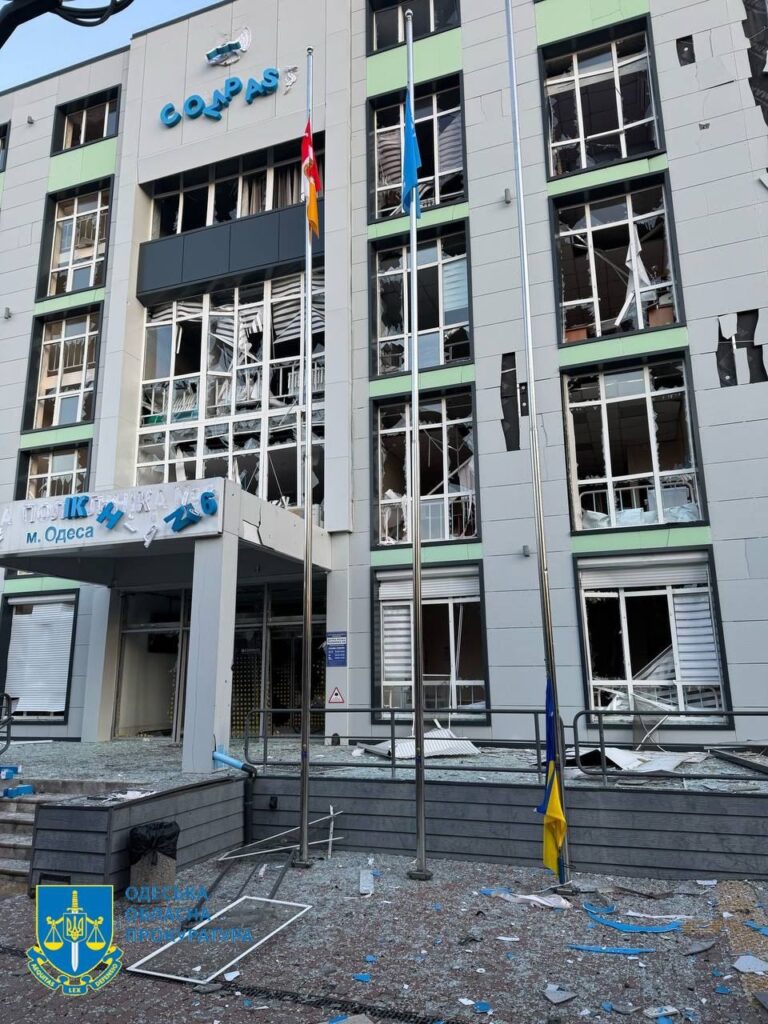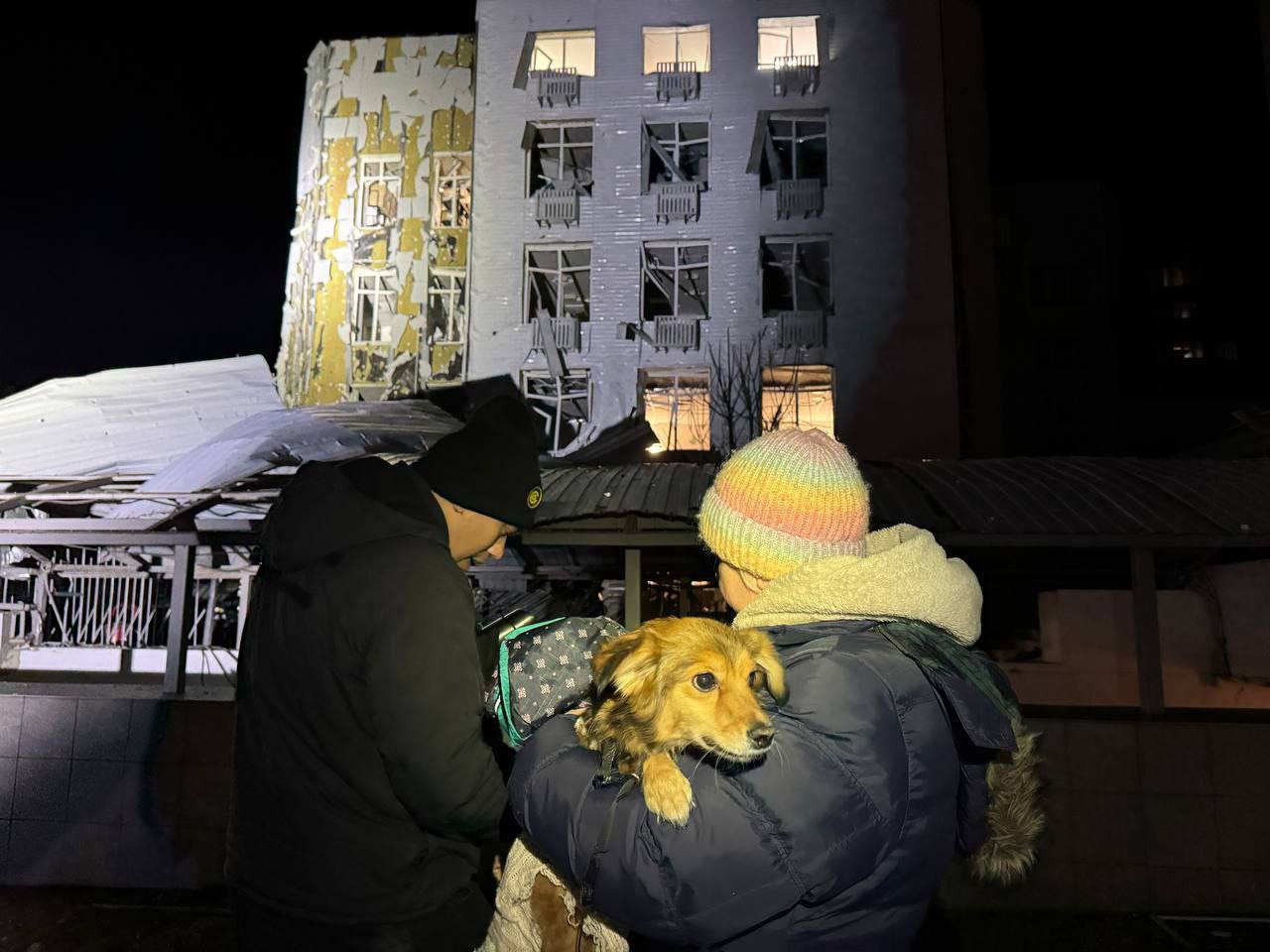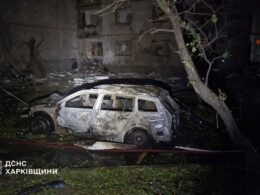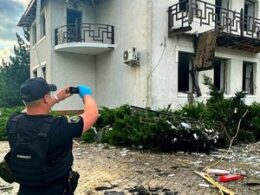On 19 February, Russian forces conducted a nighttime attack on a densely populated area of Odesa, home to more than 250,000 residents. The strike damaged critical infrastructure and cut power and heat to at least 160,000 citizens as temperatures dropped to -6°C (21.2°F).
Since the full-scale war began, Russia has been attacking civilians in Ukraine almost daily to terrorize the population and inflict maximum damage. In addition to direct attacks on residential areas, Russian forces have also targeted critical energy infrastructure, leading to widespread power outages and further exacerbating the humanitarian situation.
On the night of 18-19 February, the Russian forces launched 167 Iranian-designed Shahed strike drones and simulator drones, as well as two ballistic missiles, over Ukraine.
The Ukrainian forces intercepted 106 air targets, with another 56 Russian simulator drones being lost without negative consequences, according to the Air Force of the Armed Forces of Ukraine.
The attack caused damage to the Ukrainian oblasts of Odesa, Kyiv, Sumy, Cherkasy, and Zaporizhizhia.
Residents in Odesa left without heating in freezing temperatures
The air raid alert was announced at 10:25 p.m. on 18 February, with residents hearing explosions around 11:00 p.m. and midnight before the all-clear was given at 1:01 a.m. on 19 February.
Four people were injured in the strike, including a 10-year-old girl. All victims have been hospitalized in moderate condition, Odesa Military Administration reported.
The attack left 14 schools, 13 kindergartens, and more than 500 residential buildings without electricity and heating, according to the mayor of Odesa.
A children's clinic sustained significant structural damage, forcing authorities to relocate patient appointments.

One of the kindergartens, which was attended by 50 kids, was particularly hard hit, with damage extending beyond broken windows to walls, ceilings, and doors, according to Suspilne Odesa.
"The kindergarten will probably take a very long time to restore," noted city education department director Olena Buinevych.
Critical infrastructure facilities have switched to generator power while repair crews assess the damage.
"In many apartments, windows and balconies have been destroyed. According to preliminary calculations, up to two thousand window frames have been damaged," said Regional Military Administration head Oleh Kiper.
The Kyiv district of Odesa has suspended school operations until services are restored.
Municipal services are working to restore power while district administration offices have begun accepting damage reports from residents of affected apartments.
Local authorities have established 21 "resilience points" throughout the affected area where residents can warm up, charge devices, and receive hot beverages. These centers are operating around the clock while emergency crews work to restore power.
President Volodymyr Zelenskyy connected the timing of the strike to a recent meeting of US and Russian representatives in Saudi Arabia.
"Just yesterday, after the notorious meeting in Riyadh, it became known that Russian representatives once again lied about allegedly not striking energy facilities," Zelensky said. "Almost at the same time—such a strike, attack drones against electric transformers. And this happened in winter, when it was -6°C at night.”
Odesa's prosecutor's office has launched a pre-trial investigation into potential war crimes related to the attack on civilian infrastructure.
Related:
- Drone strike halts operations at key Russian military fuel supplier
- Russian strike on historical centre of Odesa damages about 15 cultural heritage sites – Odesa mayor
- Russian attack on Ukraine kills 4 people, injures at least 15 overnight
- Berlin art gallery rescues Odesa museum masterpieces amid Russian missile attacks





